from 0 review
1 Day
English, Urdu
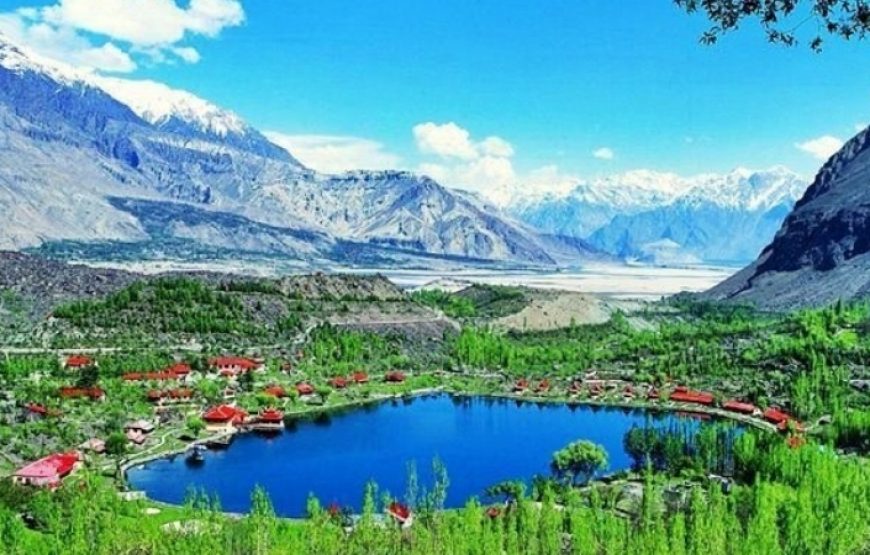
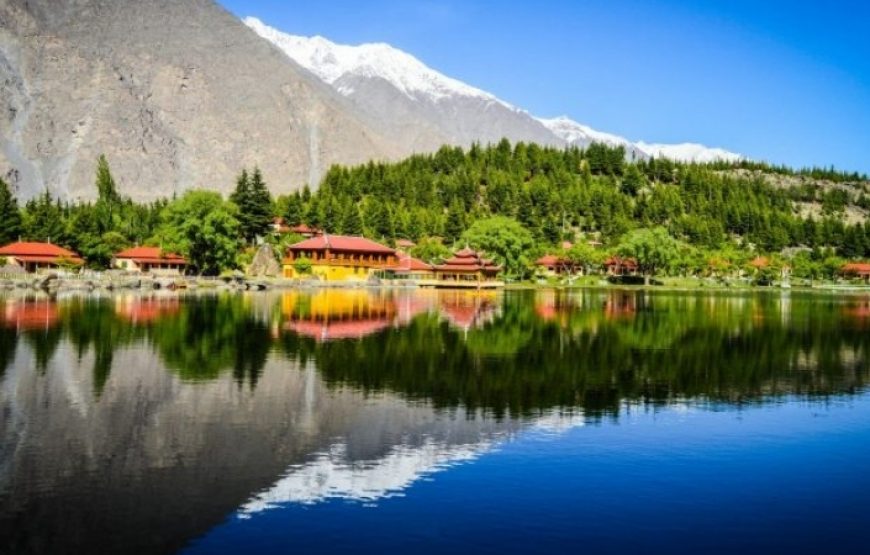
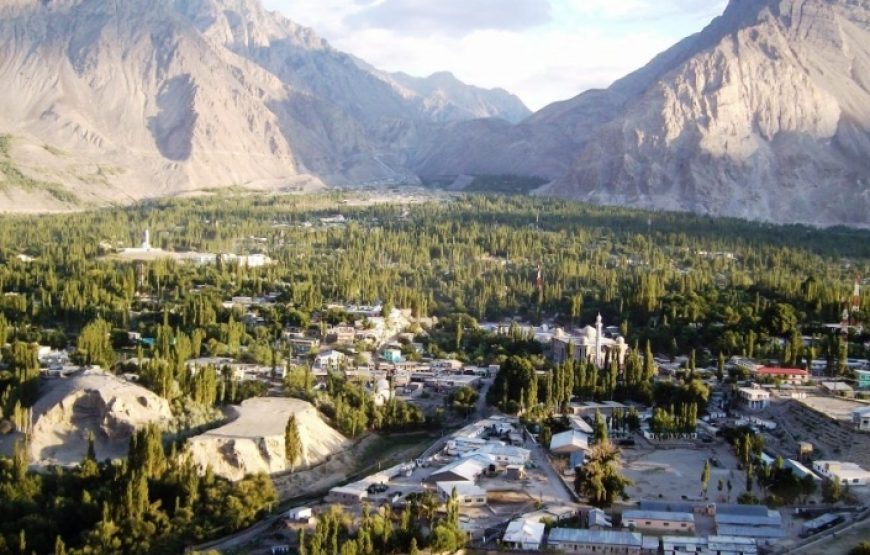
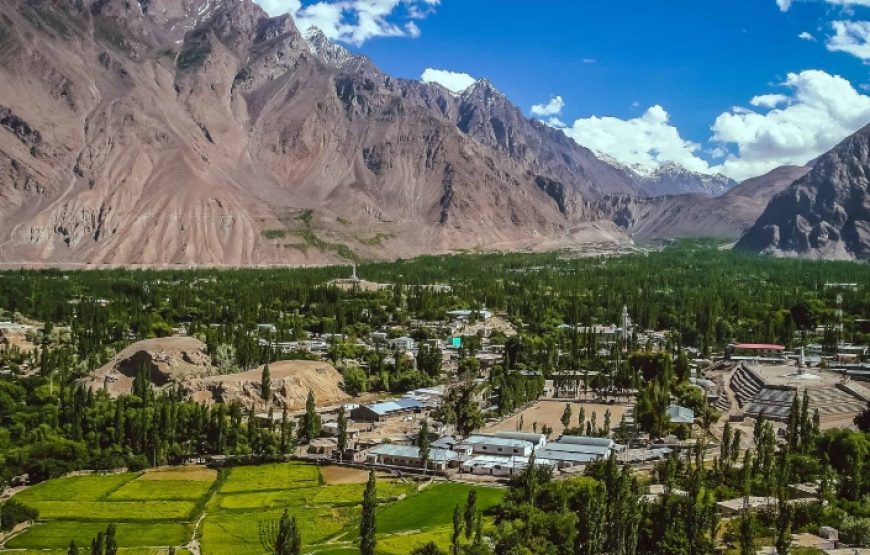
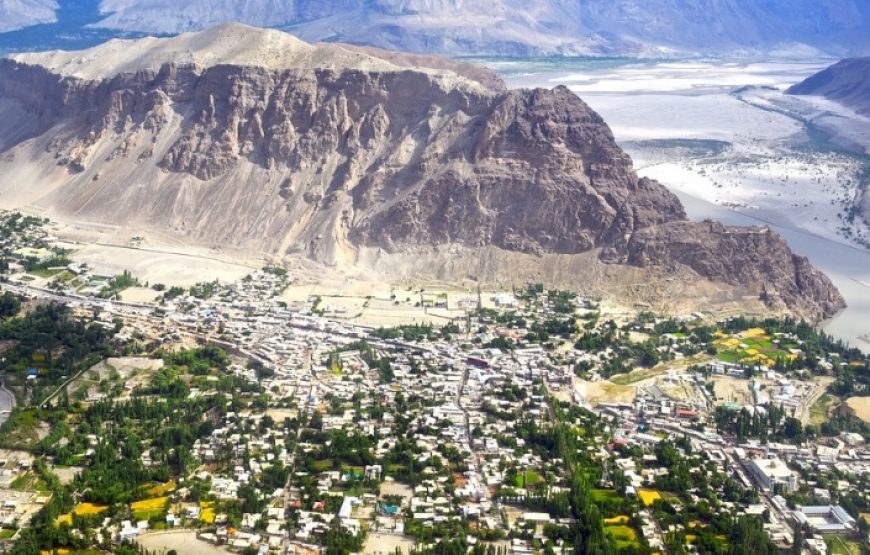
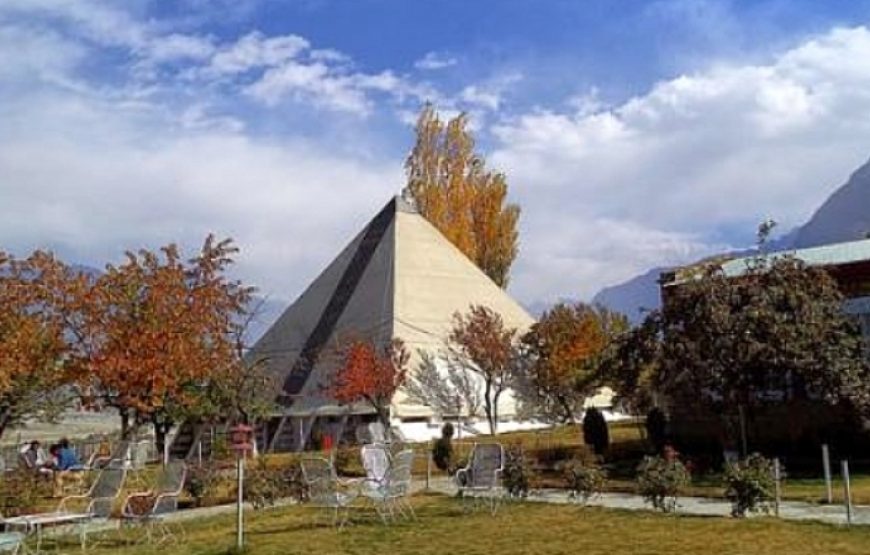
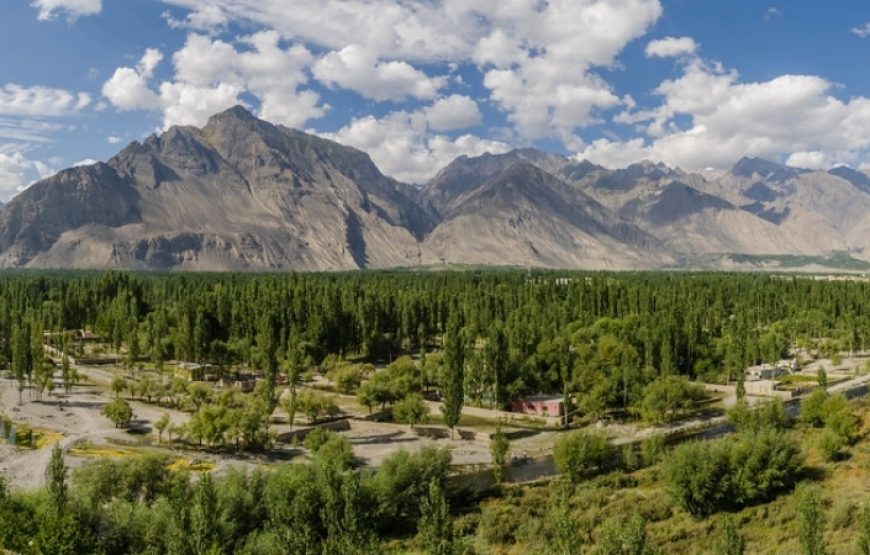
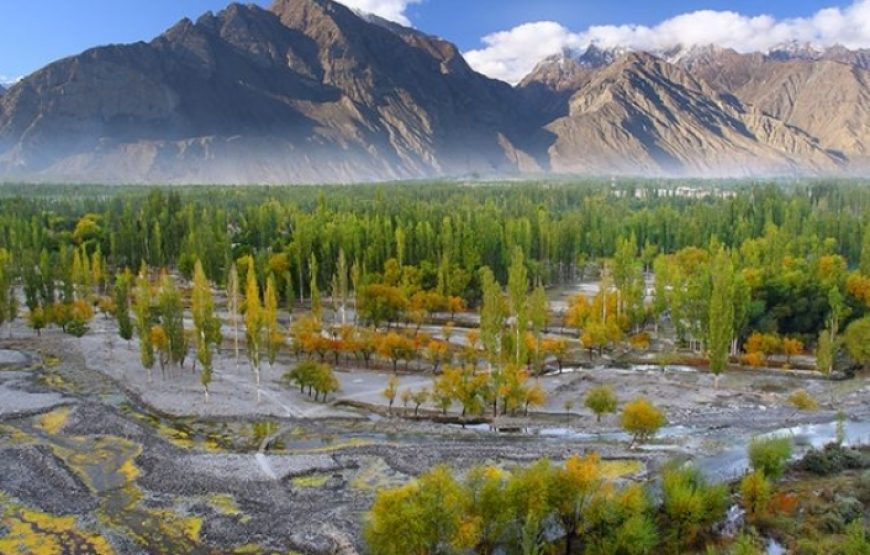
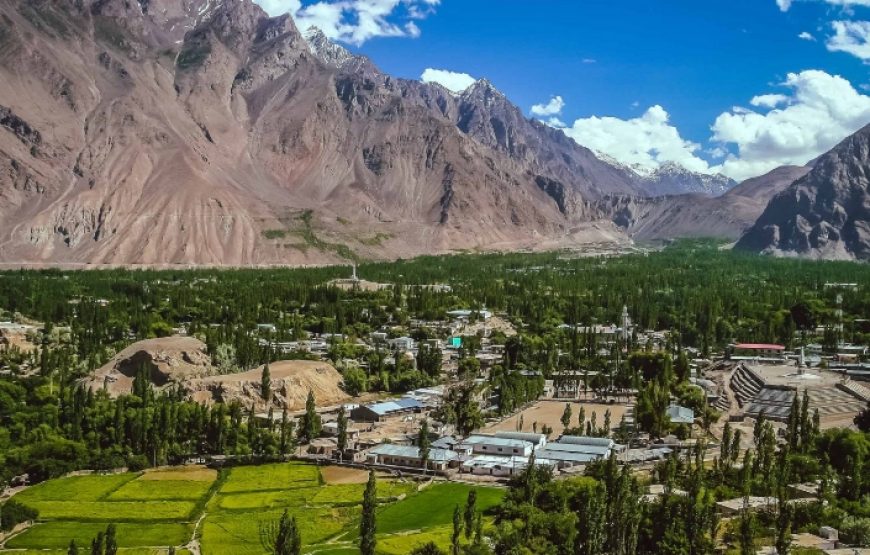
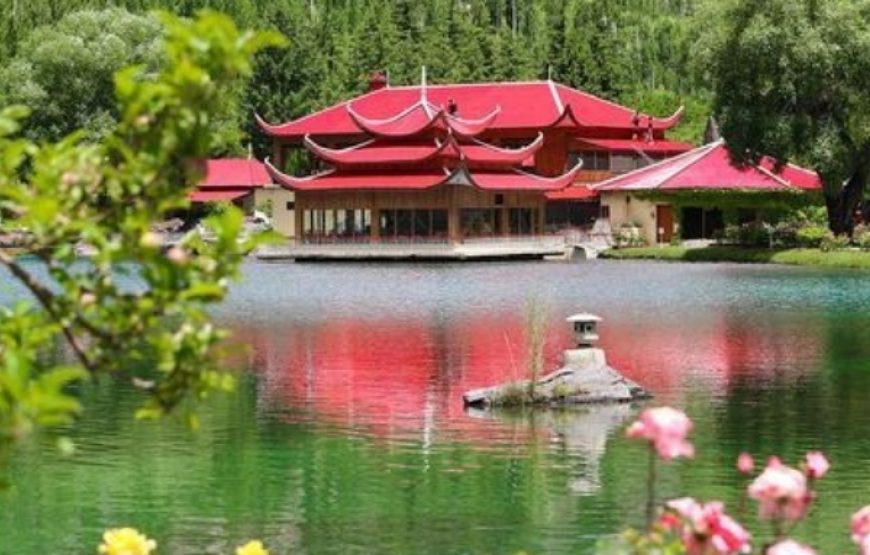
Skardu, the enchanting capital of Baltistan (also known as little Tibet) in Gilgit-Baltistan, Pakistan, is nestled in a wide valley at the confluence of the Indus and Shigar Rivers, surrounded by towering peaks, dramatic rock faces, and serene lakes. Resting at an elevation of over 2,200 meters, Skardu is the launchpad for expeditions to some of the world’s highest mountains, including K2, Broad Peak, and the Gasherbrum range. Despite its rugged landscape, the city maintains a peaceful charm, with its modest bazaars, welcoming locals, and a unique cultural blend influenced by Tibetan, Central Asian, and Islamic traditions. Skardu City Tour explores all major attractions available within the city.
Historically, Skardu was a vital part of the ancient trade routes connecting Kashmir, Ladakh, and Central Asia. The region embraced Buddhism centuries ago, as evidenced by relics like the Manthal Buddha Rock. With the advent of Islam in the 14th century, particularly through Sufi missionaries, the region saw a cultural transformation while retaining its distinct Balti identity. Skardu’s strategic importance led to the construction of structures like Kharpocho Fort in the 16th century, overseeing vital trade routes and offering a stronghold during local conflicts. This rich history is deeply embedded in the local architecture, language, and traditions.
Skardu is a year-round destination, with each season offering a unique experience. Spring (April to June) brings a burst of color with almond, plum, cherry, apple and apricot blossoms, painting the valleys in pink and white. Summer (June to September) is ideal for trekking, boating on Satpara and Kachura Lakes, and exploring the cool Katpana Desert. In autumn (October to early November), golden foliage blankets Chunda, and Shigar Valleys, attracting photographers and nature lovers. Winter (December to March), though harsh, offers a magical snow-covered landscape and is increasingly drawing adventure tourists for ice climbing and winter trekking. Each season reveals a new face of Skardu’s majestic beauty.
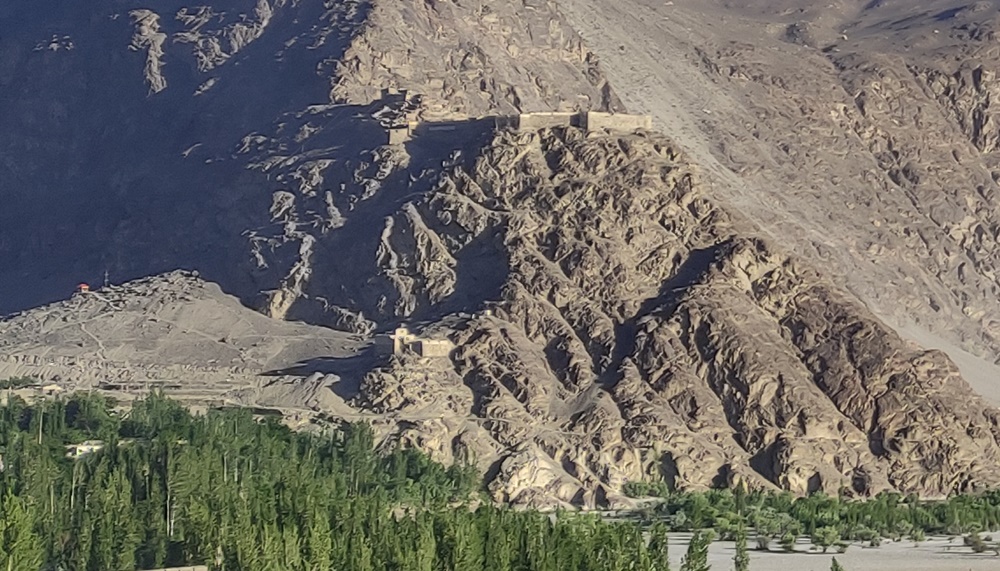
Kharpocho Fort, also known as the King of Forts, is a 16th-century military structure perched atop a hill overlooking the confluence of the Indus and Shigar Rivers. Built by Ali Sher Khan Anchan, the fort boasts stunning examples of Balti architecture and strategic placement. A moderate hike leads to its commanding position, offering panoramic views of Skardu city and surrounding mountains. Though partially in ruins, the fort’s thick stone walls and remnants of watchtowers evoke a powerful sense of history. It's a must-visit for those interested in regional heritage, ancient defense systems, and breathtaking vistas from a bygone era.
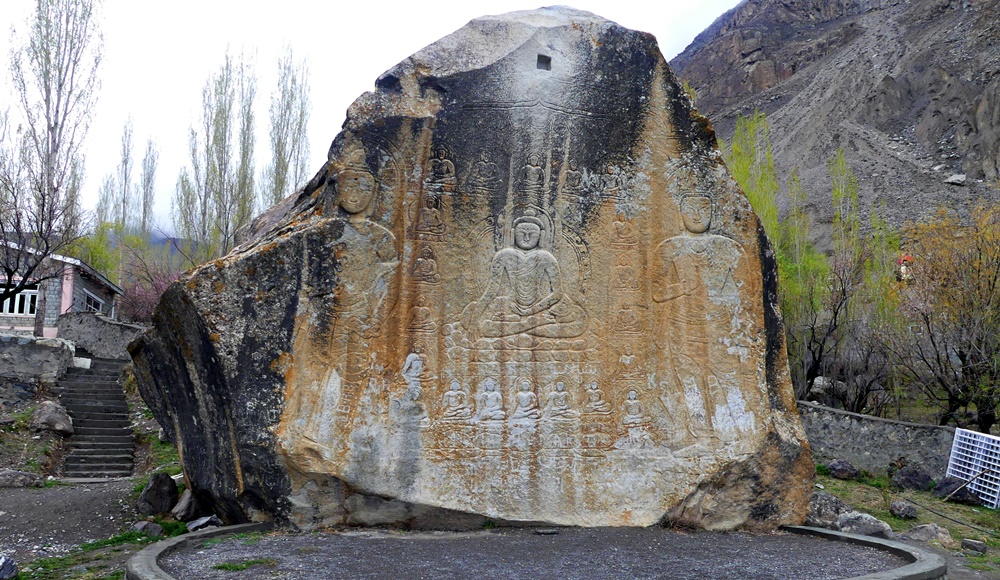
Manthal Buddha Rock is a significant archaeological site featuring an 8th-century granite carving of Buddha flanked by his disciples. This large rock relief reflects Skardu's ancient Buddhist heritage, dating back to when the region was a part of the Great Silk Road. The serene location, just a short drive from Skardu city, offers a unique glimpse into the area’s spiritual and cultural history before the advent of Islam. Although partially weathered, the detailed artwork continues to draw historians, pilgrims, and travelers interested in the intersection of religion, art, and the historical trade routes of Baltistan.
Satpara Lake is a picturesque high-altitude lake situated about 9 kilometers south of Skardu. Fed by the glacial melt from Deosai Plains, the lake’s turquoise waters offer a tranquil escape surrounded by rugged mountains. It serves as a key water source for Skardu and provides opportunities for boating, fishing, and photography. The peaceful environment makes it ideal for nature lovers and those seeking quietude away from the bustle of town. The lake changes hues throughout the day and seasons, adding to its ethereal beauty. During summer, it becomes a favorite stop for both local picnickers and foreign tourists.
Nansoq Organic Village is a charming eco-friendly settlement nestled in the mountains behind Kharpocho Fort in Skardu. It stands out for its commitment to sustainable living, where locals grow organic produce and maintain traditional Balti architecture and customs. The village has hosted high-profile visitors, including Prince Charles, who praised its environmental ethos. Accessible via a short hiking trail, Nansoq offers breathtaking views, serene ambiance, and an immersive cultural experience. Travelers can enjoy local hospitality, sample organic cuisine, and witness traditional farming practices. It’s a perfect destination for those interested in responsible tourism and authentic rural life in Baltistan.
Katpana Desert, one of the world’s highest cold deserts, lies just a few kilometers from Skardu Airport. This surreal landscape of wind-shaped sand dunes set against snow-capped peaks creates an extraordinary visual contrast. The adjoining Katpana Lake enhances the area’s beauty, especially at sunrise and sunset. From June to September, the desert is particularly magical, as the weather is mild and the skies are often crystal clear. Ideal for photography, stargazing, and peaceful walks, the desert also hosts occasional cultural events and jeep rallies. It's a rare destination where sand meets snow, offering a unique high-altitude desert experience.
Chunda Valley is a scenic plateau located high above Skardu, offering sweeping views of the valley, the Indus River, and the surrounding Himalayan and Karakoram ranges. Known for its seasonal charm, the valley bursts into a riot of color during spring blossoms and turns golden during autumn. It’s a haven for photographers, hikers, and those seeking tranquil escapes in nature. Traditional Balti villages dot the landscape, adding cultural depth to the natural beauty. The crisp mountain air and the rhythmic life of the locals make Chunda Valley an enchanting getaway just a short drive from the heart of Skardu.
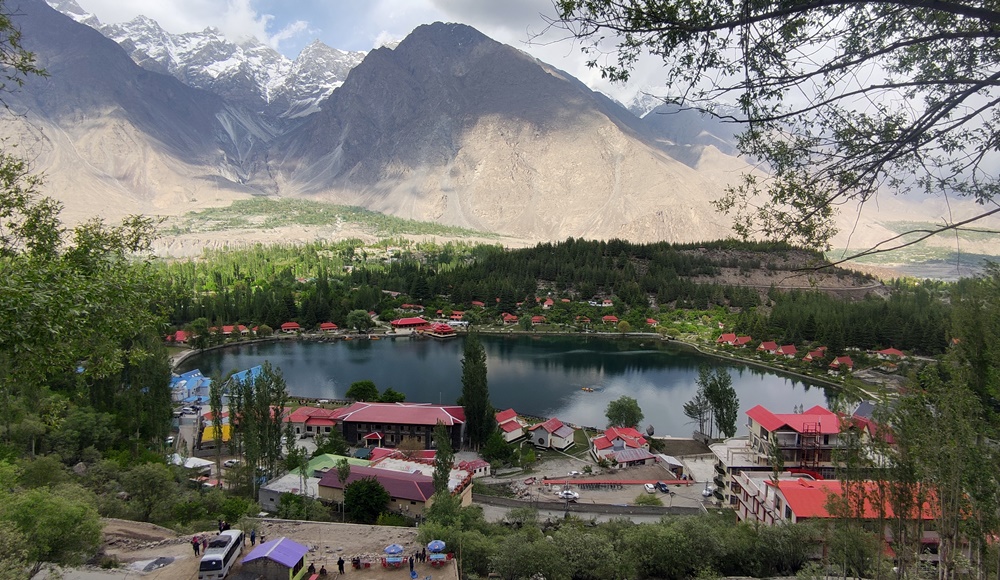
Lower Kachura Lake, more famously known as Shangrila Lake, lies about 20 minutes from Skardu and is home to the iconic Shangrila Resort. Surrounded by rugged cliffs and verdant trees, the lake offers stunning reflections of the mountains and vibrant gardens. A converted airplane restaurant and charming cottages built in local style enhance the fairy-tale atmosphere. The lake is ideal for short boat rides, leisurely strolls, and photography. Its peaceful setting and proximity to Skardu make it a popular spot for honeymooners and families. Shangrila Lake lives up to its name, evoking a sense of serenity and hidden paradise.
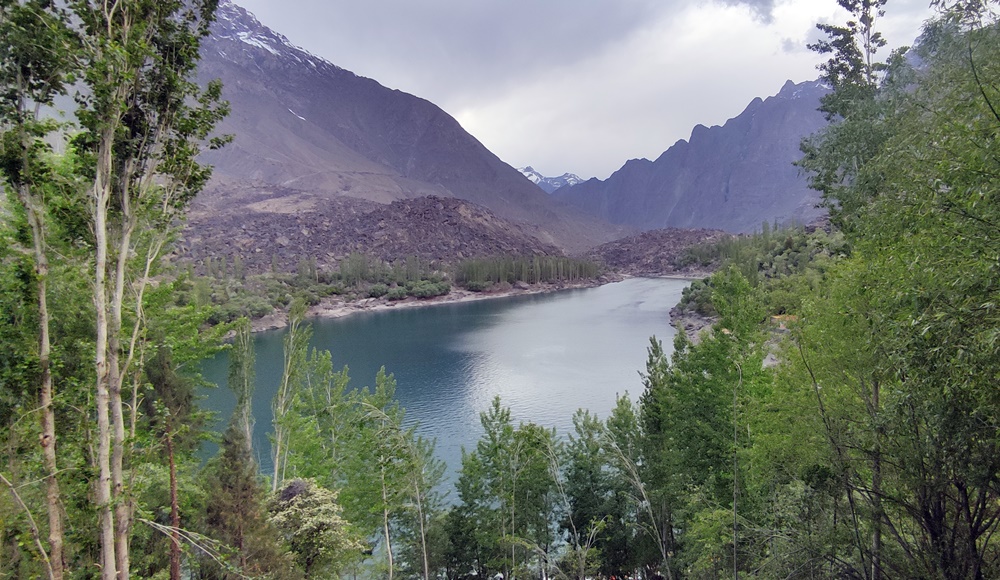
Upper Kachura Lake is a pristine alpine lake located a short trek from Lower Kachura. Known for its depth and crystal-clear waters, it is surrounded by dramatic gorges, dense vegetation, and seasonal apricot orchards. The lake is less commercialized than its lower counterpart, offering a raw and untouched natural beauty. Visitors can enjoy boating, light hiking, and picnicking in a serene environment with breathtaking backdrops. The trail leading to the lake passes through a traditional village, providing cultural insights along the way. Upper Kachura is perfect for those looking for peace, natural wonder, and an off-the-beaten-path adventure.
Soq Valley is a hidden gem nestled near Upper Kachura Lake in Skardu, known for its untouched natural beauty and peaceful ambiance. Surrounded by towering mountains and dense greenery, the valley offers a serene escape from the crowds. A short hike from Kachura leads to this secluded spot, where visitors can enjoy riverside picnics, blooming apricot trees, and traditional Balti village life. The valley is ideal for photography, nature walks, and cultural encounters with friendly locals. Soq Valley remains one of Skardu’s best-kept secrets—perfect for travelers seeking quietude, authenticity, and breathtaking landscapes away from the usual tourist routes.
Thoughtful thoughts to your inbox